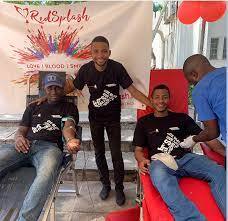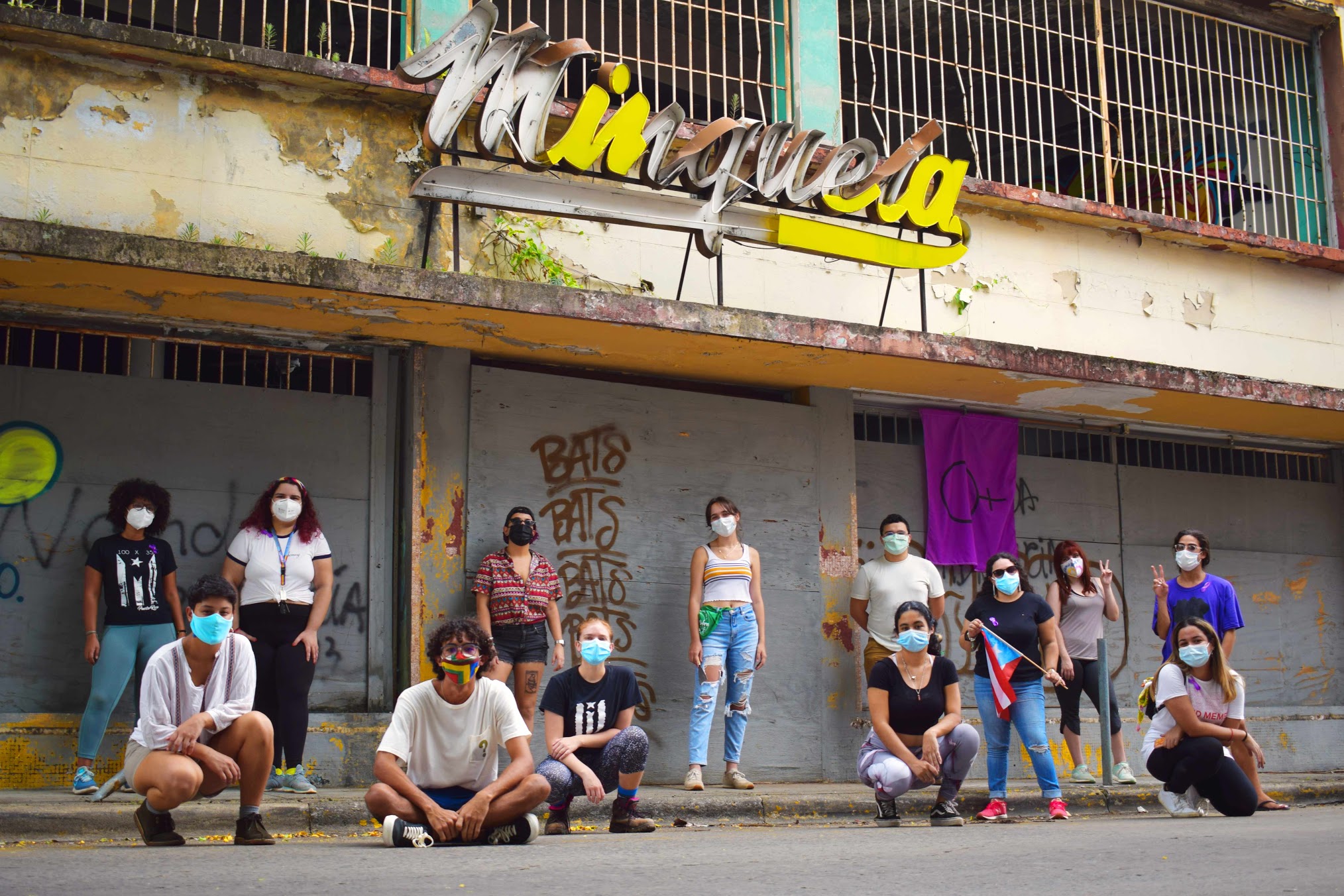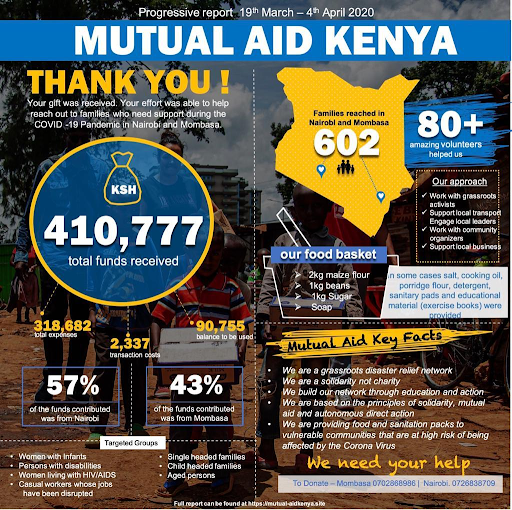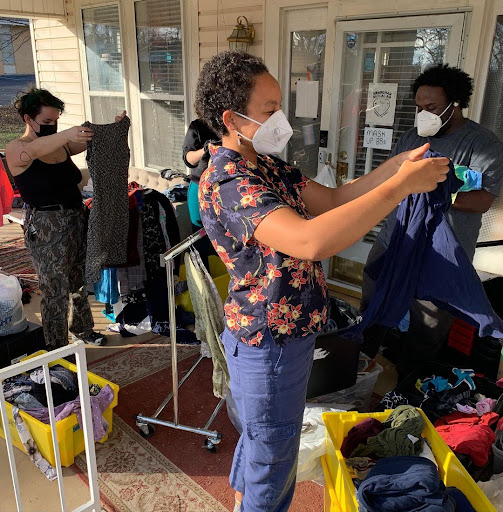
GivingTuesday recognizes how crucial it is to capture and measure the whole generosity ecosystem. This holistic view requires looking beyond monetary transactions and exploring the many and varied ways people give back to their communities around the world. Unincorporated community care, mutual aid, and other types of giving that happen outside of the traditional structures of registered charities, is also an important area of interest to the sector.
GivingTuesday’s 2021 Giving Behaviors Survey asked people in seven countries how they express a range of giving behaviors. Additionally, we have taken a deeper look at community care activities by analyzing relevant data points from our 2020 U.S. Giving Study.
This brief provides our first broad view of patterns of nonmonetary generosity around the world. This is not to say that one form of giving is preferable over another—on the contrary, encouraging all types of giving begets more giving across the board. Our goal is to develop a deeper understanding of the various creative, meaningful ways people support their communities—through neighborhood events, mutual aid networks, and other acts of community care that help form a grassroots safety net, even as other systems are disrupted or overwhelmed.
By better understanding and embracing this rich, expansive generosity ecosystem, we have an opportunity to open the conversation to a wider array of voices and experiences and encourage new ideas, collaboration, and innovation among various actors and organizations, regardless of structure or status.
If we continue to look at “giving” as being defined as monetary transactions between donors, institutional foundations and 501c3s, we’re looking at only a small piece of the full picture. The world of giving is interconnected and interdependent, involving human behavior, cultural traditions, giving efforts both structured and unstructured, and grassroots leadership, all of which have enormous daily, local, and global impact.
If we continue to look at “giving” as being defined as monetary transactions between donors, institutional foundations and 501c3s, we’re looking at only a small piece of the full picture.
It’s important to note that this is a snapshot of generous behavior and isn’t an exhaustive view of the myriad ways people step up beyond formally recorded actions. This brief is an initial look that helps us understand baseline aspects of mutual care and presents us with additional questions that we are eager to explore with our collaborators across sectors.
GivingTuesday is dedicated to leading further exploration of the topic. The GivingTuesday Data Commons will deploy and release weekly survey data in 2022 that will illuminate a wider range of giving behaviors and provide useful data and insights for nonprofits, funders, researchers, and community organizers.

This brief leverages data from the 2021 Giving Behaviors Survey, conducted via an online survey between August 20, 2021 and September 3, 2021. The survey included a sample size of 1,000 individuals in each of the following countries: Brazil, Canada, India, Kenya, Mexico, United Kingdom, and the United States.

2020 Starling Collective Fellowship participant, Kristina Wong founded The Auntie Sewing Squad to connect friends around the world who were sewing masks for essential workers. The network connected hundreds of Aunties and shipped tens of thousands of masks to vulnerable communities.
We also explored findings from our 2020 US Giving Survey, designed to provide additional context in understanding giving trends and motivation for generous behaviors, to provide additional insights on those who give outside of donating to nonprofits.
This survey included questions that were also featured in an online survey of a representative sample of American adults in January of 2019. In the 2020 Survey:
In September 2021, the GivingTuesday Data Commons surveyed people in seven countries—Brazil, Canada, India, Kenya, Mexico, the UK, and the United States—about their giving behaviors, specifically what people give (money, time, goods, advocacy) and through which channels (structured or informal). We wanted to learn about similarities and differences in how generosity manifests in diverse communities to help inform a broader understanding of the giving landscape.
What we found is that generosity shows up in myriad ways, and where you live informs how and what you are likely to give. One commonality: Those who give tend to do so in more than one way.
In the United States, Canada, and United Kingdom, for example, survey respondents were most likely to give money and goods to organized charities. Giving time and advocacy ranked lowest in these countries compared to the others.
In Mexico and Brazil, sharing tangible goods like food or clothing via informal family or community networks represented the greatest share of giving behaviors. Giving is less developed via legal charitable organizations, especially in Mexico.
Kenya and India showed the strongest levels of prosocial behavior of all types, much of it being ad hoc and unstructured. Givers in these countries also showed very high levels of volunteering and advocacy compared to the other countries surveyed.
Given the different cultural norms and structured-giving infrastructures among regions, these findings may not be surprising, but they are important to keep in mind when researching and elevating generosity globally.

In Léon, Mexico, on GivingTuesday, caregivers set up tables filled with essential items free for the taking. The sign reads: “If you need it, take it. If you want to help, add something.” In our survey, we found that Mexicans are more likely to give goods than money.

Starling Collective alum Abdulrehman Alwy has a goal to ensure that no patient in Kenya will lose their life due to lack of blood. Alwy started Red Splash, an informal blood network of volunteers who have helped over 6,000 patients to access blood.

In Brazil, informal networks have been critical to pandemic response. Sisters Tatiana Monteiro de Barros and Marcella Coelho started a Whatsapp group that turned into a decentralized movement. They’ve sent 12 thousand tons of food to vulnerable families, supplied 26 hospitals in Amazonas with oxygen, and raised more than $R 7 million for PPE
Since the beginning of the pandemic, communities around the world have suffered unprecedented need. Traditional systems were overwhelmed or unprepared, and mutual aid networks nimbly and quickly responded to feed, clothe, house, educate, and soothe their fellow humans. The pandemic gave us an opportunity to see this ecosystem—which doesn’t operate within the traditionally defined social sector—in a much more pronounced way. This crisis has put a spotlight on how crucial these community care networks are for providing healing and supporting a thriving and more connected society.
These activities may seem like a new trend to some, but mutual aid, reciprocal networks, and other unincorporated community care traditions have a long history in cultures all over the world. Many of these traditions are hundreds if not thousands of years old and are still alive and well, from the potlatch tradition of North American Indigenous communities to various “rotating credit” traditions that manifest in different ways around the world to the African concept of Ubuntu, which translates as “I am because we are,” and guides a philosophy of shared humanity and solidarity.
Unincorporated community care, mutual aid, activity that happens outside of the nonprofit sector—we will call it “community care” as shorthand, with the understanding that many of these efforts do not themselves use that label. These movements are organized, structured, human-led efforts that connect and care for communities, prevent suffering, and bring healing and help within them. Above all, these activities operate in a collective and abundance mindset that is rooted in mutuality, reciprocity, and radical trust.

Alicia Rivera Duran is a GivingTuesday 2021 Starling Collective Fellowship participant and a member of the coordinating team of the Mayagüez Feminist Cupboard. This decolonial, anti-racist, and transfeminist initiative promotes solidarity exchange between community members with the purpose of eradicating food insecurity in the urban area of Mayagüez, Puerto Rico, and its border areas.
When the pandemic hit, Wevyn Muganda, an activist and writer, and Suhayl Omar, a community organizer, journalist and student, started Mutual Aid Kenya, which supported over 2,500 families in Mombasa and Nairobi with essential supplies such as food, sanitation and education materials.
“We are a small collective of community members committed to supporting our communities through mutual aid, as taught to us by those who came before us,” say the organizers. We have no aspiration of turning into an organization, charity, or government affiliation. We believe in the collective self-determination of community and our ability to do for ourselves what government and organizations can not. We are purposefully unaffiliated to ensure we can cater to the needs of all peoples, especially those on the margins that often get left out.”


From sewing masks to fighting misinformation, Women’s Self Help Groups (SHGs) in India have risen to meet the extraordinary challenges of the COVID-19 pandemic. Members of Kudumbashree women’s collective the SHG in the state of Kerala started a floating supermarket to meet the needs of hundreds of families affected by the lockdown.
Mutual aid networks often operate outside the boundaries of the nonprofit sector, allowing them to be nimble and flexible, though it also means their power and impact are often systematically excluded and ignored. We took a deeper look at how people interact with various types of unincorporated community care to understand how these behaviors compare and contrast with other types of giving.
We began exploring people’s participation in mutual aid networks as a subset of the U.S. Giving Study in the fall of 2020. This study was limited to people in the United States, ranging in age from 18 to 85. Of those surveyed, only 11% (n=152) said they participated in some form of mutual aid in the previous 12 months. While this is a very small subsample, some interesting differences emerged.
People who engaged in mutual aid tend to be:
Those who participated in mutual aid also held a greater degree of philanthropic and/or religious sentiment overall compared to the same age profile. While they don’t seem distrusting of nonprofits, they do find them less efficient, which may indicate a greater focus on direct impact and accountability. They also view political giving and crowdfunding as charitable giving, even if these acts are not directed to formally registered charities.
When asked why they give, many survey respondents said they were raised to help others (46%), feel everyone has a responsibility to help (43%), and simply want to make a difference (49%).
The U.S. Giving Survey didn’t dig deeply into why people participated in mutual aid, the degree of structure to those networks, and whether people understood what “mutual aid” means and looks like. Those are some key points for exploration going forward.
Birmingham Mutual Aid gives food, clothes, menstrual products and more to LGBTQ+ youth, houseless individuals, and other members of the Birmingham community. “The need was already there. People have been systematically punished for so long because they are Black or brown or indigenous, queer, neurodivergent, substance users, disabled, poor, or homeless. All we did was tap into something already existing. Add a few more hands to the many trying to fix what is wrong.” – Penny on why they started Birmingham Mutual Aid

Organizing around community care networks has always been an important way that people support causes and one another. Only giving money or giving only through registered charities are rare behaviors everywhere we looked. Despite this, there tends to be a reductive view of generosity as being only (or most importantly) about donating to nonprofits. An inclusive giving economy means embracing all forms of giving. As we develop a complete view of this ecosystem, we can empower the social sector to more effectively include and engage individual support for positive change.
This overview has allowed us to observe some important baseline behaviors. Over the coming weeks and months we will be launching new research and tools that will provide a deeper view of the many facets and trends of generosity.

GivingTuesday is a movement that celebrates giving and generosity of all types. More than 80 countries are home to official national GivingTuesday movements of their own! From #GivingTuesdayItaly to #UnDiaParaDar to #MardiJeDonne to #ЩедрыйВторник and more, leaders within these countries are building GivingTuesday movements to inspire greater giving and to cultivate a culture of generosity within their nation. Find the list of countries that have national GivingTuesday movements here. If you don’t see your country on the list, email us at info@givingtuesday.org to learn how to join us the movement.
